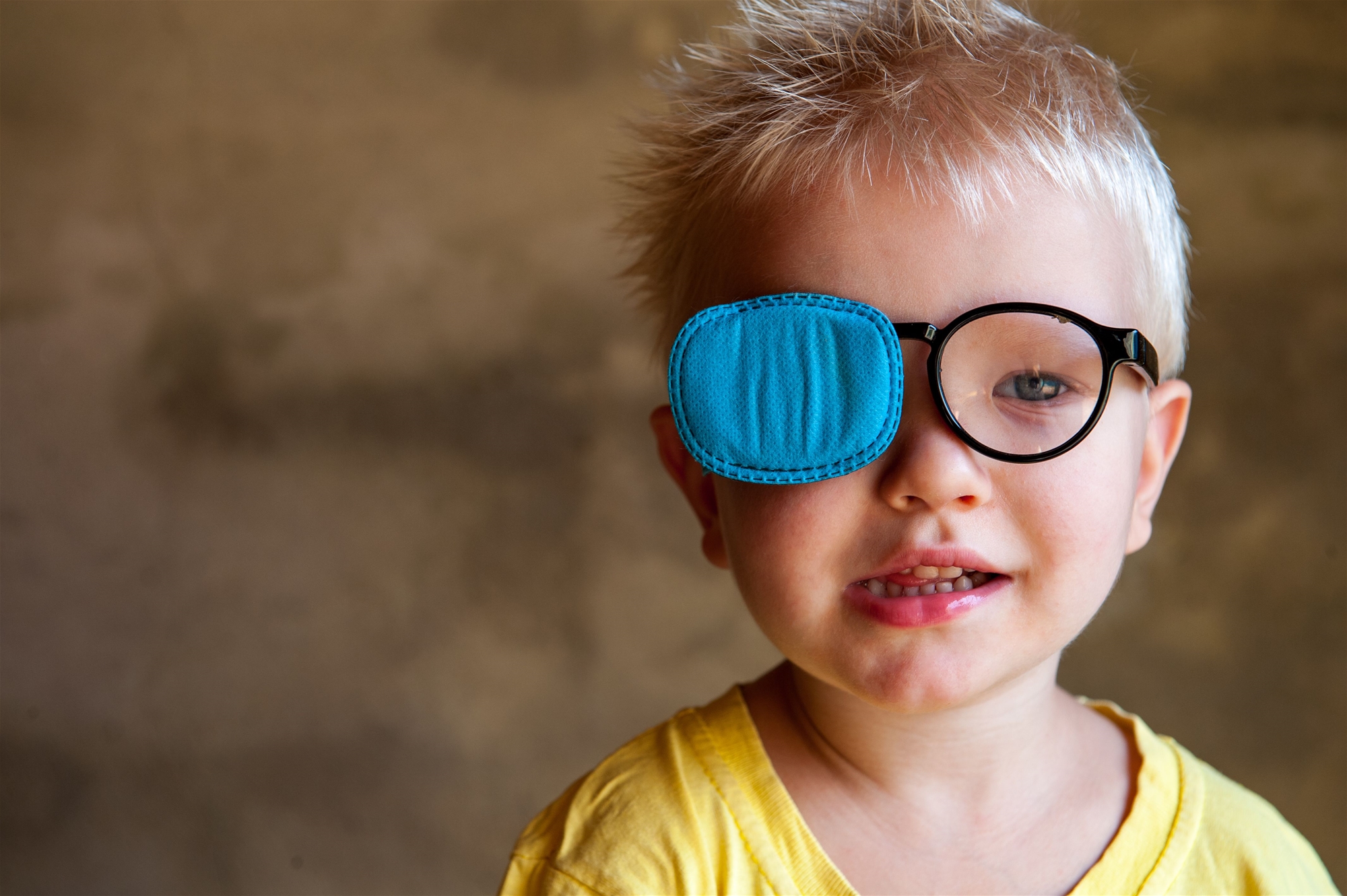Our eyes can move easily by the cooperation and coordination of the extraocular muscles of both eyes.
The six extraocular muscles controlling eye movements include superior rectus, inferior rectus, medial rectus, lateral rectus, and two oblique muscles - superior oblique and inferior oblique. No matter which direction we look at the object, both eyes can adjust the position at the same time, so that the brain can correctly overlap and combine the images from the left and right eyes, and form a three-dimensional image, which presents a layered and stereoscopic sense, in order to achieve the highest level of visual function.
Strabismus occurs when the coordination of the extraocular muscles is impaired, and the eyes do not properly align with each other while looking at an object.
According to statistics, about 4% of children suffer from strabismus. The incidence of strabismus is similar between men and women. A few patients have a genetic predisposition.
The real cause of strabismus is still unclear. The extraocular muscles are commanded by the brain, so some brain disorders, such as hydrocephalus and cerebral palsy, can also cause strabismus. In addition, congenital cataract, corneal opacity leading to blurred vision may trigger strabismus. Further, visual impairment of one eye in adults may lead to perceptual strabismus.

Symptoms
As the eyes do not properly align with each other, they cannot look at the same object at the same time, such as esotropia and exotropia. Young children with strabismus are often accompanied by amblyopia, while older children by a head tilt left or right, or face towards left or right to reduce diplopia. Adults with strabismus are often accompanied by binocular diplopia.
Types
Strabismus can be subclassified into esotropia, exotropia, anopsia and catotropia according to the direction of deviation.
- Esotropia is the most common form of strabismus, with one eye looking forward and the other leaning to the nasal side.
Congenital esotropia occurs within 6 months of birth, and its deviation angle is usually very large. Surgical correction must be completed before the age of 2.
Acquired esotropia begins at about two or three years old. Some esotropia caused by high hyperopia or excessive convergence can be corrected by a pair of spectacles, while others still need surgical correction.
Most Asians, however, often suffer from pseudostrabismus due to the wider epicanthus and nasal bridge. It looks like a cross-eye, but in fact the ocular alignment is normal. When the child's face matures and the nose bridge is raised, it will disappear automatically.
- The incidence of exotropia is second only to that of esotropia, characterized by one eye looking ahead and the other lateral. When the patient is tired or distracted, his eyes will suddenly drift outward, but they will return to normal after a few seconds. This condition is called "intermittent exotropia."
- Patients with anopsia often have a head tilt to avoid diplopia caused thereby.
- Catotropia is mostly caused by acquired factors, such as inferior rectus muscle fibrosis triggered by trauma and thyroid dysfunction.
The treatment of strabismus includes wearing glasses, prism therapy, occlusion therapy for amblyopia, visual axis correction training, and eye muscle surgery. Doctors should choose a treatment according to the patient's condition.
Eye muscle surgery is performed on one or both eyes, one or more relaxed or shortened extraocular muscles to correct the eye position according to the type and degree of strabismus.
Strabismus surgery is performed only to adjust the position of the extraocular muscles, so its safety is very high. However, patients should be reminded that in some cases, more than one operation is required to completely correct strabismus. The purpose of strabismus treatment is not only to correct the deviated eye position and improve the appearance, but also to promote the visual acuity and the development of stereopsis, and to treat latent eye disorders. Therefore, if infants are found to have an abnormal eye position or a skewed head, they should be treated as early as possible to grab the opportunity of children's visual development.

